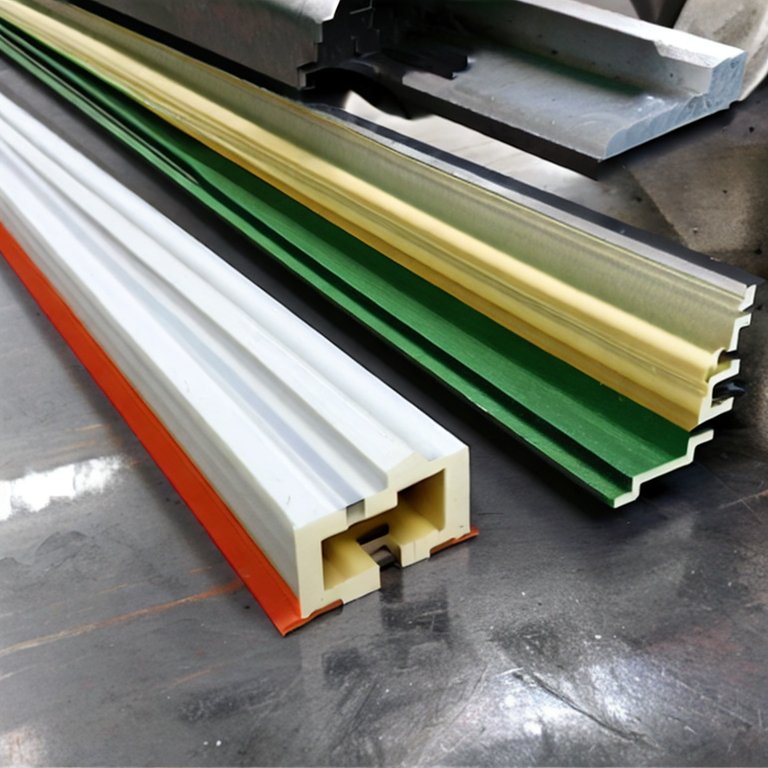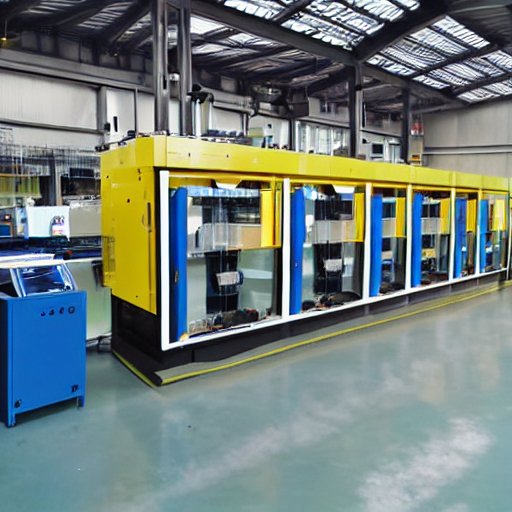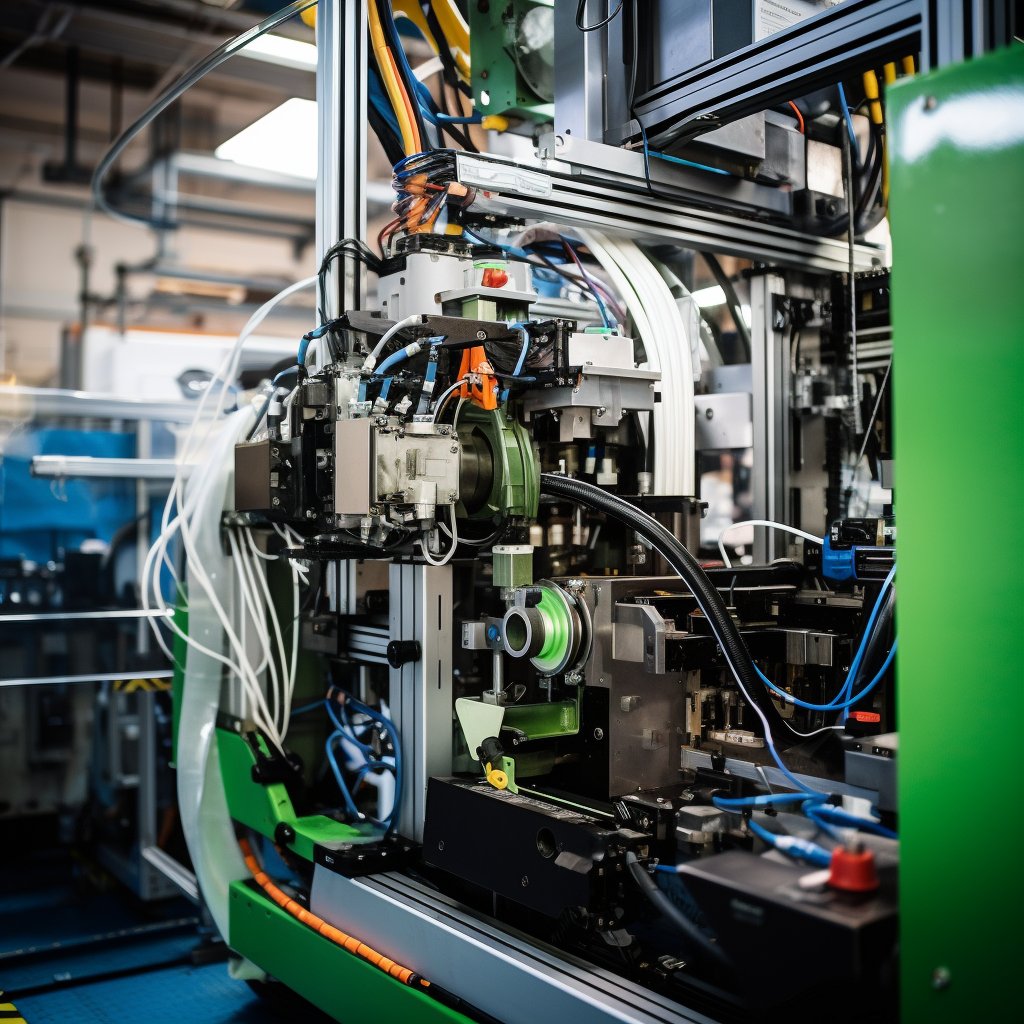Stretch blow moulding is a widely used manufacturing process in the plastics industry. It is used to create hollow containers for various applications, including bottles, jars, and other containers. The process involves stretching a preform, a small plastic tube, and blowing it into the desired shape using compressed air.
Stretch blow moulding is a widely used manufacturing process in the plastics industry that significantly produces plastic bottles and containers. This process involves stretching a heated preform and blowing compressed air into it to form the desired shape. Stretch blow moulding offers several advantages, including high production efficiency, flexibility in design, and the ability to produce lightweight and durable products. However, the process also has some disadvantages, including its energy-intensive nature and the environmental impact of using virgin plastic materials.

Types of Stretch Blow moulding
There are two types of stretch blow moulding: one-stage and two-stage. In one-stage stretch blow moulding, the preform is formed and then blown into the desired shape in a single machine. Two-stage stretch blow moulding involves two separate machines: one for preform moulding and another for stretching and blowing.
Industrial Usage
Stretch blow moulding is widely used in the packaging industry to create bottles and other containers for food, beverages, and personal care products. It is also used to create containers for medical and pharmaceutical products, as well as for industrial chemicals and cleaning products. Stretch blow moulding is a popular manufacturing process because it produces high-quality, lightweight, and durable containers at a relatively low cost.
Application Areas
Stretch blow moulding is used in a variety of application areas, including the food and beverage industry, personal care industry, and household and industrial chemicals industry. It is also used in the medical and pharmaceutical industries to produce containers for drugs, syrups, and other products.
Consumer Product Examples
Stretch blow moulding creates a wide range of consumer products, including water bottles, soda bottles, shampoo bottles, lotion bottles, and many other types of containers. The process also creates larger containers, such as gallon jugs and bulk storage containers.
Material Properties
The type of plastic used in stretch blow moulding depends on the final product’s application and desired properties. Polyethene terephthalate (PET) is a commonly used in stretch blow moulding due to its clarity, strength, and recyclability. Other materials used in stretch blow moulding include high-density polyethene (HDPE), polypropylene (PP), and polycarbonate (PC).
Future trends in regards to recycling
Recycling is becoming increasingly important in the plastics industry, and stretch blow moulding is no exception. The future of stretch blow moulding will involve a greater focus on sustainability and recycling. This includes the use of recycled materials in the manufacturing process, as well as the development of new technologies to improve the recyclability of stretch blow moulded products.
The future of the stretch blow moulding market is expected to be driven by several factors, including increasing demand for sustainable packaging solutions, the development of new technologies to improve the recyclability of stretch blow moulded products, and increasing demand for lightweight and durable packaging options. The growth of e-commerce and online retail is also expected to drive demand for stretch blow moulded products in the future.
The global stretch blow moulding market is expected to grow at a CAGR of 2.5% from 2021 to 2028, reaching a market size of USD 16.5 billion by 2028. Asia Pacific is expected to be the largest and fastest-growing regional market for stretch blow moulded products, driven by the growth of the food and beverage industry and increasing urbanisation in the region.
Market Price Developments
Various factors, including the cost of raw materials, manufacturing processes, labour costs, and competition, influence the market price of stretch blow moulded products. PET resin significantly impacts the market price of stretch blow moulded products. The availability and cost of energy and other manufacturing inputs also affect the market price.
Global Impact
The global impact of stretch blow moulding is significant, with the process being widely used in the packaging industry. The increasing demand for sustainable and eco-friendly packaging options is driving the growth of the stretch blow moulding market globally. This demand is particularly pronounced in Europe and North America, where regulations on the use of single-use plastics are driving demand for recyclable and reusable packaging options. The demand for stretch blow moulded products is also driven by growth in the food and beverage, personal care, and household and industrial chemicals industries.
Stretch blow moulding’s impact on recycling
Stretch blow moulding plays a significant role in the recycling industry, as it is a popular method for manufacturing recyclable plastic bottles and containers. PET (polyethene terephthalate) is the most common material used for stretch blow moulding and is widely recyclable. The recycling process for PET bottles involves sorting, shredding, washing, and drying, followed by reprocessing into new products.
One of the challenges in recycling PET bottles is the presence of non-PET materials, such as labels and caps, which can contaminate the recycling stream. To address this challenge, manufacturers have developed new technologies to improve the recyclability of stretch blow moulded products, such as using shrink-sleeve labels that separate easily during the recycling process.
In recent years, there has been a growing emphasis on the circular economy, which aims to minimise waste and maximise the reuse and recycling of materials. The stretch blow moulding industry has responded to this trend by developing new technologies and processes to improve the recyclability of products. For example, some manufacturers are exploring using bio-based or biodegradable materials for stretch blow moulded products.
Stretch low moulding:
Stretch blow moulding is an essential manufacturing process in the plastics industry with advantages and disadvantages. While the process offers high production efficiency, flexibility in design, and the ability to produce lightweight and durable products, it is also energy-intensive and has an environmental impact. However, the industry is making strides to mitigate these concerns by exploring the use of recycled and sustainable materials and developing new technologies to improve the recyclability of products. By staying informed about the latest trends and developments in the stretch blow moulding industry, we can work together to create a more sustainable future.






